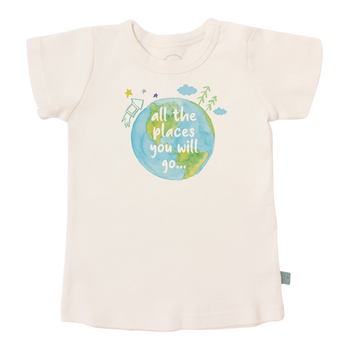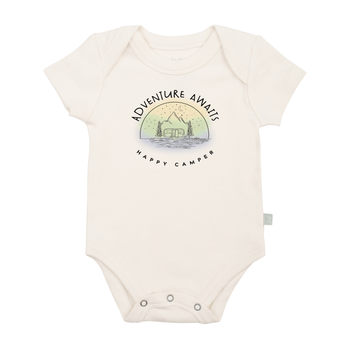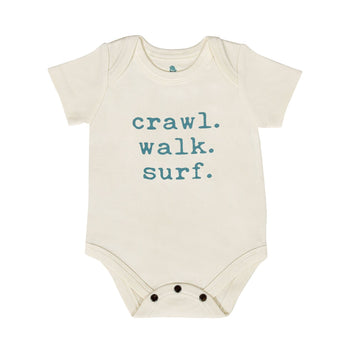From Atlas to Adventure: How to Make Learning Geography Exciting for Kids
Geography has always been an essential subject, helping us understand the world's diverse landscapes, cultures, and ecosystems. However, teaching kids geography can sometimes feel like an uphill battle, with atlases and maps failing to capture their interest. This blog post aims to transform that experience by presenting innovative and engaging methods to make learning geography exciting for kids. From interactive games to hands-on projects, we'll explore various strategies that cater to different learning styles and keep young minds curious about the world around them. By integrating these techniques into everyday learning, we aim to foster a deeper understanding and lasting interest in geography, turning what might seem like a dull subject into a captivating adventure.

The Magic of Interactive Maps
Interactive maps are a fantastic way to bring geography to life for kids. Unlike traditional paper maps, these digital tools are often interactive, allowing children to zoom in on different regions, explore landmarks, and even engage in virtual tours. These features can make geography lessons far more engaging and informative. For example, children can visualize the topography of the Himalayas or take a virtual stroll through the streets of Paris, making learning both fun and informative. Interactive maps can also incorporate quizzes and challenges that test kids' knowledge as they explore, reinforcing what they've learned in a playful manner. Additionally, these maps are often updated with current events, allowing children to see how geography is relevant to the world today. This real-time aspect can help to demonstrate the dynamic nature of our planet and encourage children to stay informed about global issues.
Learning Through Play: Games
Games are an excellent way to make learning geography a fun and immersive experience. By incorporating educational games into their routine, children can learn about different countries, capitals, and geographical features without feeling like they are studying. One effective tool is a random country generator, which can randomly select a country for the child to learn about each day. This approach can turn learning into an exciting global hunt, where children eagerly anticipate which country they will explore next. From board games like "Where in the World?" to online trivia apps and puzzles, there are numerous options available that cater to various age groups and interests. These games not only help in retaining geographical facts but also stimulate critical thinking and problem-solving skills, making geography an adventure rather than a chore.
Hands-On Projects and Crafts
Bringing geography lessons into the realm of arts and crafts can also be highly effective. Hands-on projects allow kids to express creativity while learning about the world. One popular project is creating a 3D topographical map using materials like clay or paper mache. This activity helps children understand physical geography concepts like mountains, valleys, and rivers in a tactile way. Another idea is making cultural dioramas that showcase the customs, clothing, and architecture of different regions. These projects not only educate kids about geography but also foster a deeper appreciation for global diversity. Moreover, these activities can be scaled according to age and skill level, making them versatile enough to engage a wide range of learners. Working on projects over time can also show the progress of their understanding and provide a sense of accomplishment upon completion.
Storytelling and Geography
Storytelling is another powerful method to make geography interesting. Narratives that incorporate geographical facts can captivate a child's imagination and make the information more relatable. For example, reading stories set in different parts of the world can introduce children to various cultures, climates, and landscapes. Parents and educators can also encourage kids to create their own stories based on geographical themes, such as an adventure in the Amazon rainforest or a mystery in the Sahara Desert. This approach not only enhances their understanding of geography but also develops their writing and storytelling skills. Storytelling can bridge the gap between abstract concepts and real-world applications, enabling kids to visualize and emotionally connect with far-off places. Over time, this technique can develop not just geographical knowledge, but also empathy and a global perspective.
Virtual Field Trips
Technology has made it possible to take virtual field trips to almost anywhere in the world, and this can be a game-changer for geography education. Virtual reality (VR) and augmented reality (AR) experiences allow children to visit places they might never see in person. They can explore the Great Wall of China, swim with dolphins in the Pacific Ocean, or hike through the Grand Canyon—all from the comfort of their home or classroom. These immersive experiences provide a sense of adventure and make geographical content tangible and exciting. Such encounters help to break down the barriers between the classroom and the outside world, offering a holistic view of global geography. Advances in technology also mean that these experiences are becoming more accessible and cost-effective, making it easier for educators to integrate them into their curriculum. Furthermore, VR and AR tools can be updated with new content regularly, ensuring that children have access to the latest geographic data and innovations.
Incorporating Geography in Daily Life
Geography doesn't have to be confined to the classroom; it can be integrated into everyday activities. Families can use road trips to teach children about geography by discussing the landscapes, cities, and states they pass through. Cooking meals from different countries can also be an educational experience, allowing kids to learn about the culture and geography of the region where the dishes originate. Even something as simple as watching documentaries or reading travel blogs can spark an interest in geography and encourage kids to explore the world around them. Additionally, participating in community events that celebrate cultural diversity can enhance their understanding of global interconnectedness. Incorporating geography into daily life helps to create an immersive learning environment where curiosity and education go hand in hand. These practices not only build knowledge but also create lasting memories and experiences that children can draw upon throughout their lives.

Making geography exciting for kids is all about creativity and engagement. By incorporating interactive maps, games, hands-on projects, storytelling, virtual field trips, and everyday activities, parents and educators can transform traditional geography lessons into thrilling adventures. These methods not only help children learn about the world but also foster a lifelong curiosity and appreciation for global diversity. Start exploring these strategies today, and watch as your child's interest in geography grows from a simple atlas to a world of adventure. Through consistent and innovative teaching approaches, we can cultivate the next generation of curious explorers who are knowledgeable about their planet and empathetic toward its myriad cultures and ecosystems.

















